This is the first in an occasional distraction about who we are and the machines themselves. Basically, I've got a bunch of pics that don't really go with a specific event, so it seemed the best thing to do was to give them their own classification. I'm starting out with the bike I'm currently running, the Mongrel 20. In the current chronology of the posts on here, its some moons ago and I'm still on the old Triumph 500, but as the end of the 2010 season approached I decided I wanted a project. I sometimes justify my projects with dodgy logic and long winded explanations of "why it makes sense". Truthfully, I just like projects. So decided I wanted to build a competition AJS. I was particularly fired up by this little gem I saw a couple years back at Barber,
Of course, there's no shortage of inspiration for an off road AMC bike, but I was particularly drawn to the trials frames. They just looked right to me, as well as....how shall I say...not nearly as heavy looking as the beefy roadster based T100 I was currently on. There are, however, a couple problems with the all welded trials frames. Number one on the list is that they are hard to find and un-friggen-holy-hell expensive. Number two is that they prolly aren't quite strong enough for Cross Country. Problems combined, the idea of spending a small fortune for a frame I would likely have to cut, weld, and generally ruin seemed...poor. I saw some replicas, but they were also un-friggen-holy-hell expensive. Being in the mood for a project anyhow, I decided to throw brains to the wind and construct my own purpose built frame. "How hard could it be?" I asked no-one in particular and set to work at a leisurely pace. To make life somewhat simple, I built my assembly jig based on a standard road frame to ensure when the time came all the major bits would drop right in. Then, with the help of many photos of the real deal, I began bending and adding tubes. I upped tube sizes and wall thicknesses as appropriate to, hopefully, allow it to take the abuse of CC.
I changed a couple things, like the swing arm drop outs (couldn't get my head comfy with the idea of a flattened tube) and after much discussion with George and Max, the spine/headstock geometry. At first, things moved slowly, with a component being added and its problems hemmed and hawed over.
And eventually I got to the point where I could loosely pile things together and make a bike-ish looking...erm...thing
Still, a long ways to go. In the above pic, I had tried piling as much on as possible so I could get an idea of where I was weight-wise. I was still missing a few really important components, like the engine I wanted to use. I was slowly acquiring the bits for a longstroke alloy motor, but at this stage I just had a bunch of roadster stuff, so threw an iron head engine in to up the component weight.
Then, something happened that brought the plodding pace to a pretty quick end: at a Lost weekend soon after the last race of the 2010 season I blew up the Triumph...properly. The two options were to either rebuild the Triumph for the spring, or finish the AJS. I'm a moron so chose the latter. In a stroke, this meant the single motor would have to be abandoned, there was just no time to gather all the missing bits. In its place, a model 20 road bike I was slowly building would donate its complete engine and gearbox for what I thought was going to be a short while til I got the alloy single done.
This meant new engines plates, but thanks to the near universality of AMC bits, very little else. You'll notice the sad donor bike lurking just behind in the above pic, poor thing.
It was beginning to become apparent just how much work is required to build a bike up from scratch. When you start you think about the big fun things: frame, engine and whatnot. I was pretty aware of all the other pieces I would need, and in many cases had decided what I had wanted, but when I suddenly gave myself a ridiculous target deadline it quickly dawned how much work I needed to get done. It didn't help that everything was bespoke, from the oil tank and massive airbox, designed to nestle neatly into the frame, to footpegs and chaincase. Even the kickstart was a project, with the top half of a Triumph folding item grafted onto the lower half of the Burman lever. The primary side in particular was a world of fun. I had made the decision to make alloy covers in place of the hateful leaky steel items (if its gonna puke oil it might as well weigh less)
as well as to put a chain tensioner inside to allow me to fix the gearbox in position for ease of chain tightening
Despite all that, it some-damned-how began to look like a bike
And with pretty much no time to spare before its first race, it was on its own two feet
Not that it was the slightest bit ready. It had a few compromise features, like the fiberglass tank originally meant for god-knows-what and made by god-knows-who and bought for god-knows-more-money-than-the-piece-of-crap-was-worth which began to dissolve almost immediately. And it had some, we'll say, oiling issues. The return to the tank seemed...off, and the engine puked from every seam and seal. It really needed another month/year of working the bugs out, but I was entered for Gatorback and by golly I was gonna run. In the end, it was a near complete disaster. The sighting lap quickly showed some of the more glaring problems. Aside from nearly killing myself from the shift pattern being the opposite direction from the Triumph, the gearing was hellaciously off, it was shockingly incontinent and it was reeeaaallly hard starting. Happily it got worse for the start, patently refusing to fire up on the line
and finally ending with a push out of the woods with a dead mag that thankfully stopped play before it could pump all its oil out.
So began a steady process of de-sucking. The mag was sent off for a rebuild, and the strange oil return was due to a piece of rolled up paper someone had stuffed in the sump return pipe at some point in its past. When you blew through the oil line, it would pass, making it seem like it was clear, but when oil was getting sucked through, it would drag the paper along until it lodged on the back of the pump carrier plate. I finally put a head steady on, which combined with some attention to cylinder base surfaces and a better seal on the dynamo blanking plate began to make headway on the oil loss
It's forks were overhauled, and the awful, awful, crummy, awful fiberglass tank was replaced with an even pricier AMC item
It was beginning to be almost useable, almost
But I still wasn't really racing, the bike still needed a lot of fine tuning. The gearing wasn't really right and carburetion was proving a major annoyance. In the above pic at Diamond Don's in Texas, it just ran out of revs and fuel/air, but it did survive a whole race. It was running, just not quite racing. In the end, some expert advice from the nice folk at Rebel Gears got me on the right track with my final drive ratio, and a conversation with another rider led me to ditch the concentric for a monobloc. The combination transformed the bike.
Since then, its slowly become more of a mechanical play set, fixing this, changing that, sometimes just for the helluvit. It had been running fixed ignition, having originally been a manual advance bike, but that made hills a bit funky and so I made it an auto advance.
I had to repair a slight hole when the kickstart return stop tore loose
Improved engine breathing and modifying the oil tank is continuing to decrease oil loss. Its had fitted an oil cooler in order to avoid some of the nastier heat related CC issues, like keeping the oil acting like oil, instead of turning into black water over the course of a race, and keeping the carb from getting so hot it leans out and boils its gas which makes running erratic and late race hot starts tricky. With the Triumph, if you stalled it near the end of a race you'd have to frantically try to restart it as quickly as possible.
And most recently, a clutch modification because, being a big fan of AMC's product, I've always thought the Burman job a bit odd for supporting the entire clutch pack on the inner circumference of the last steel plate, which seems to lead to slipping and shortened plate life as the plot gets toasty during a race
The bike is certainly getting quicker, and being 50 pounds lighter than the old T100, is much easier to ride. The last couple times out its been a pleasure to ride...until something breaks, which in its line of work isn't terribly out of the ordinary. Its still very much a work in progress, the main thing at this point is that it finally feels like I'm making progress. Now, with the 2012 season starting up in about a month back at Gatorback, its finally where it should have been last year at this time for this race, so we'll just have to see if it'll become a solid racer. Should be fun.


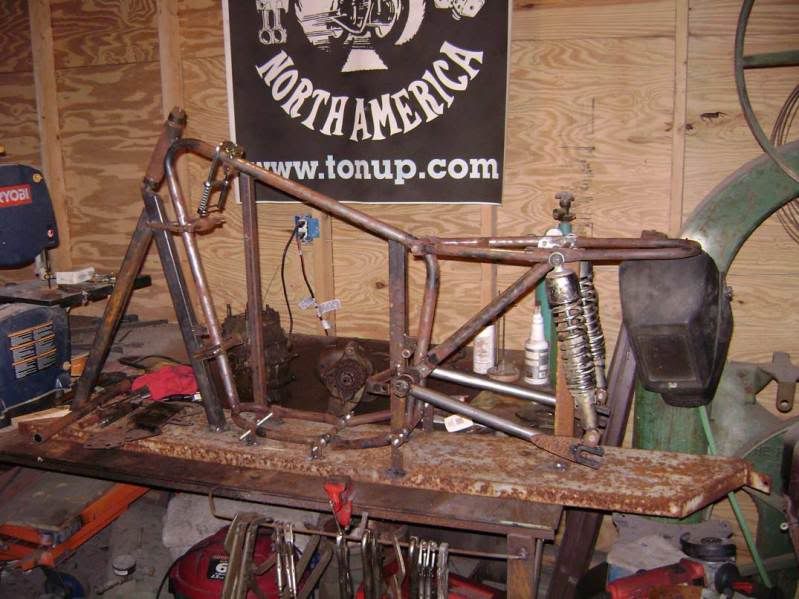
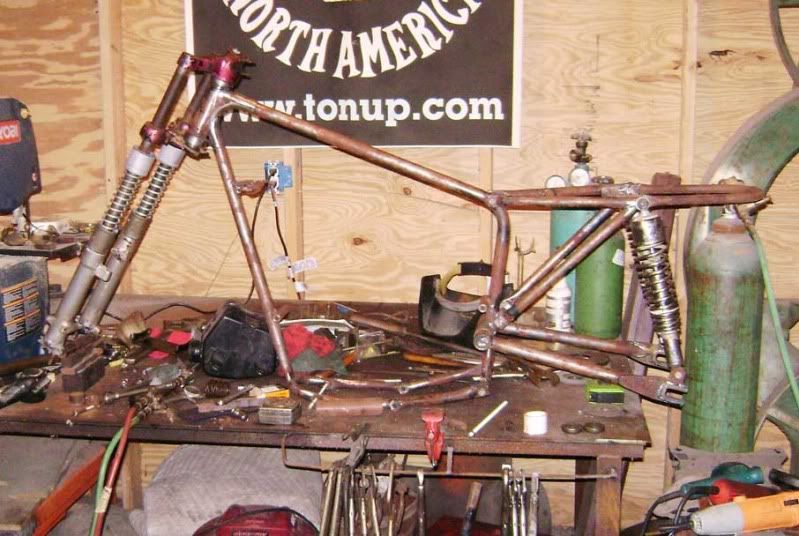
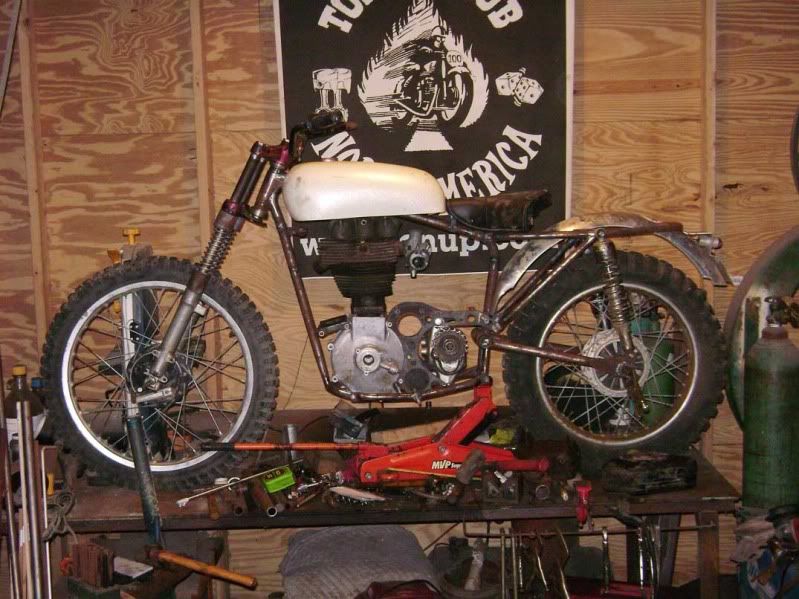
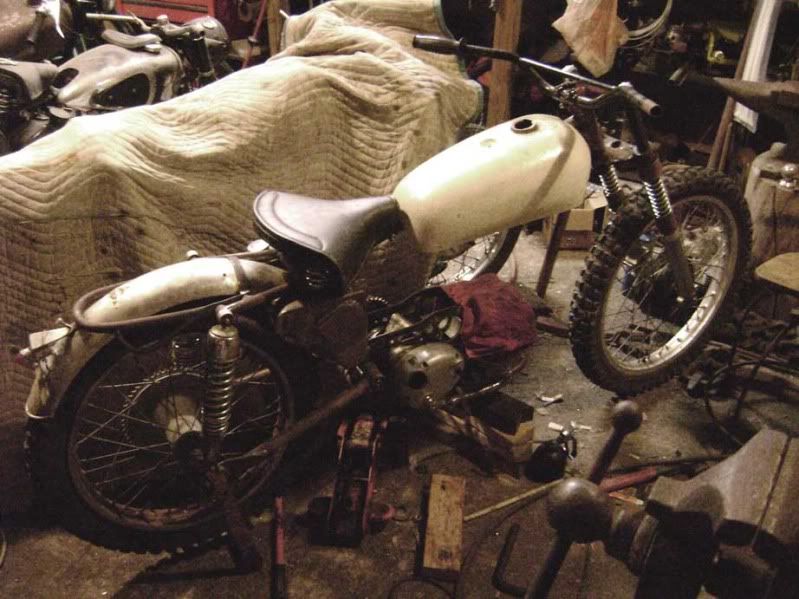
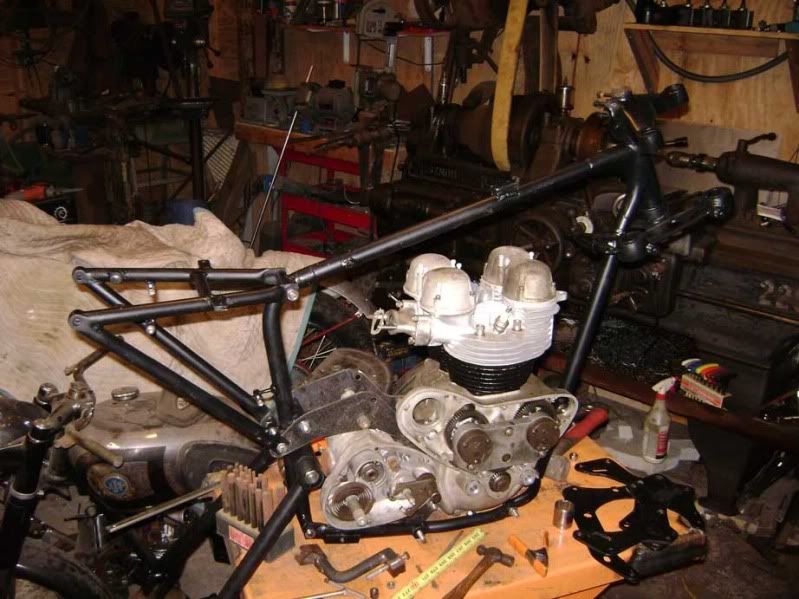



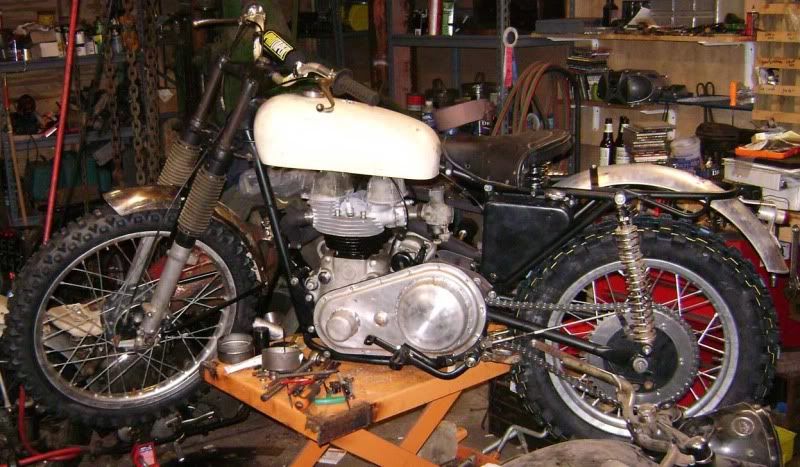
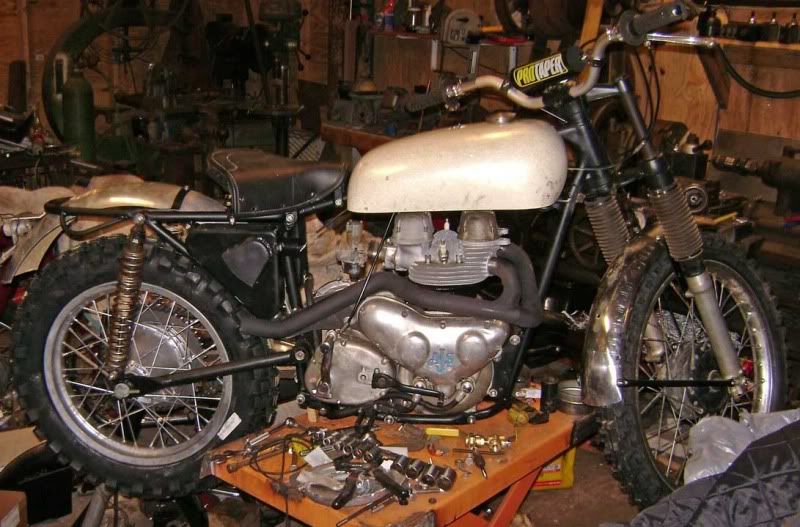
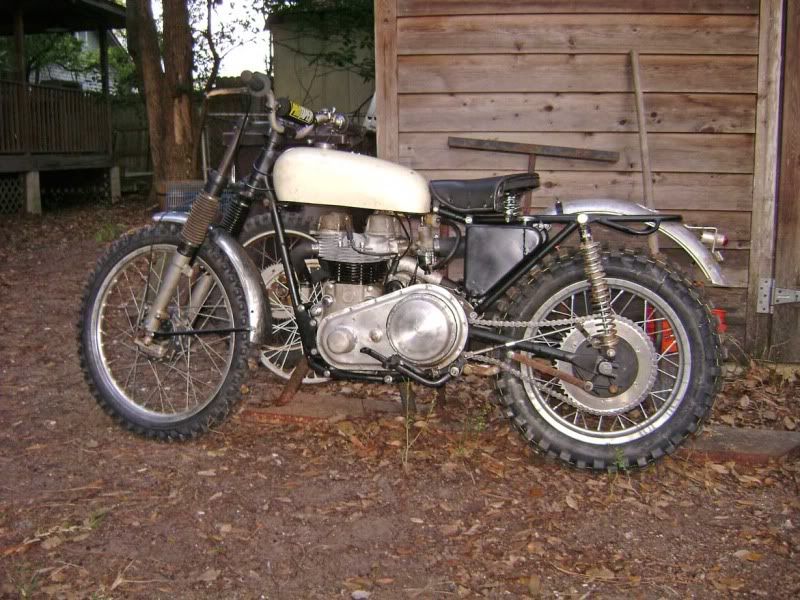
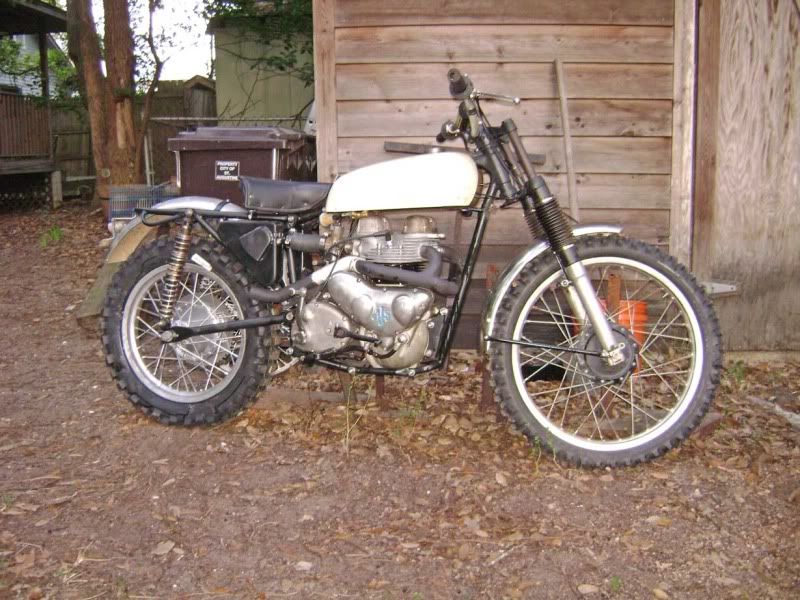
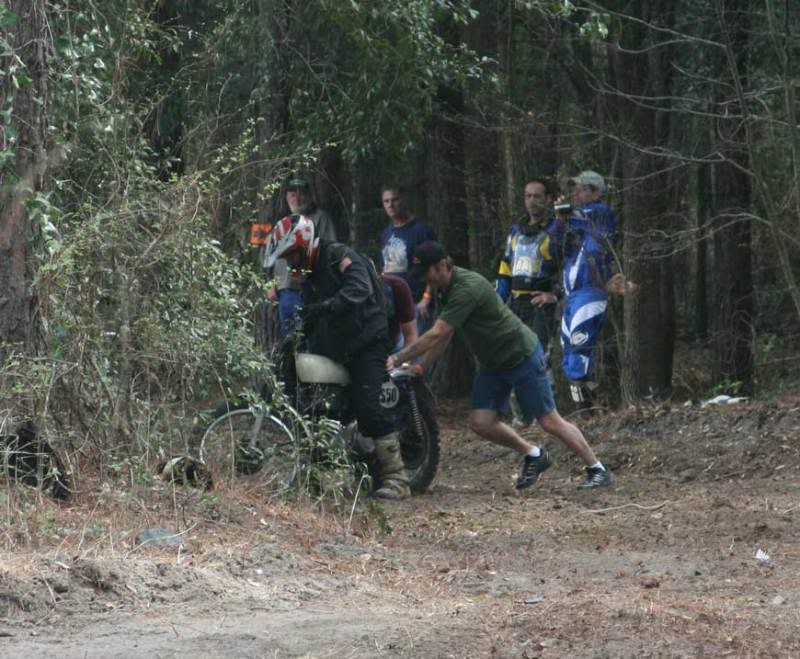

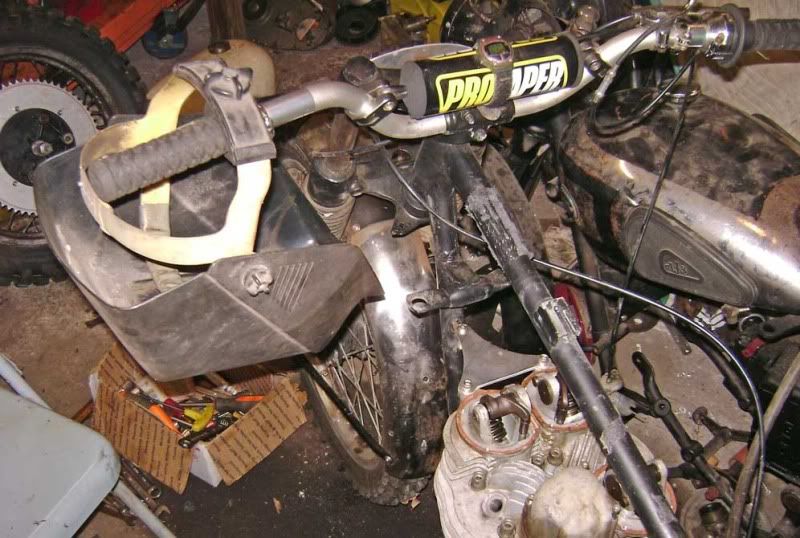
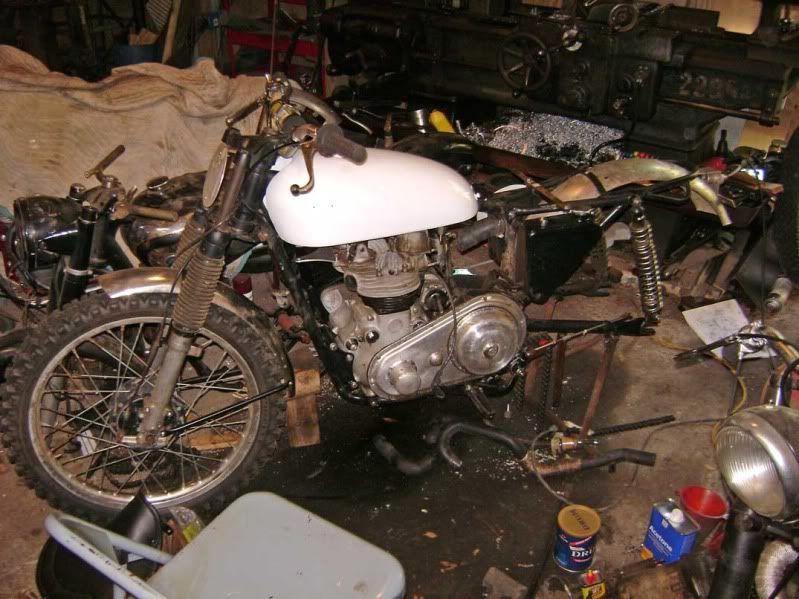
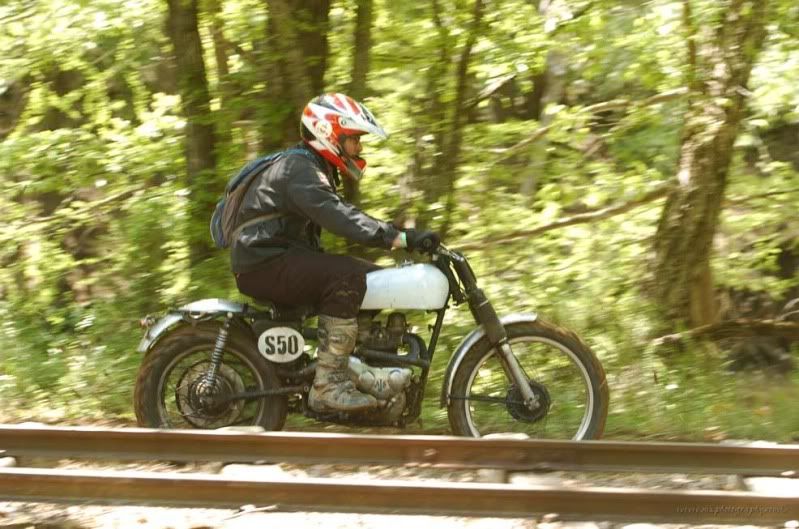

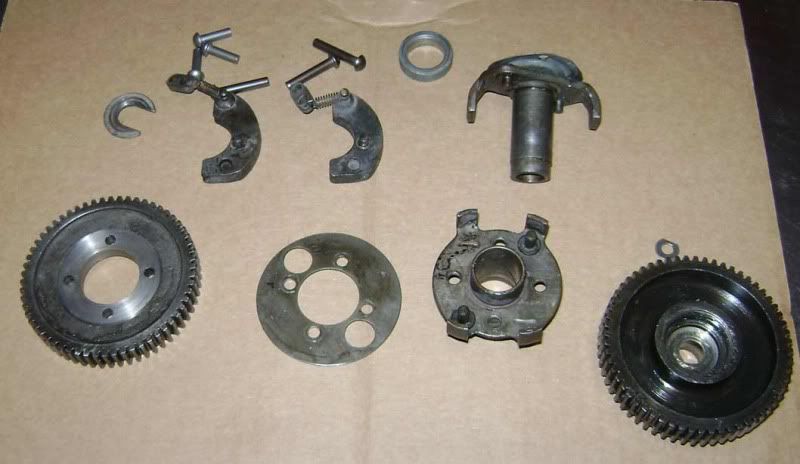
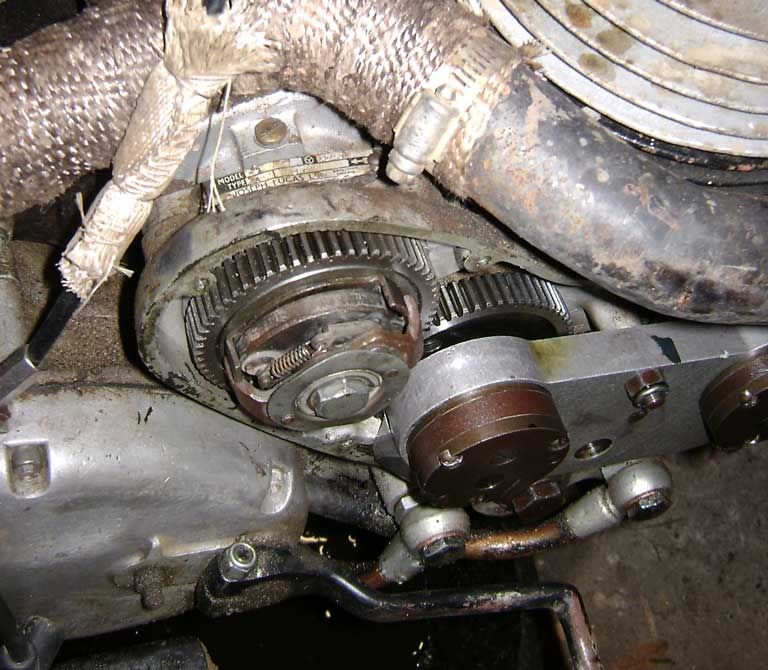

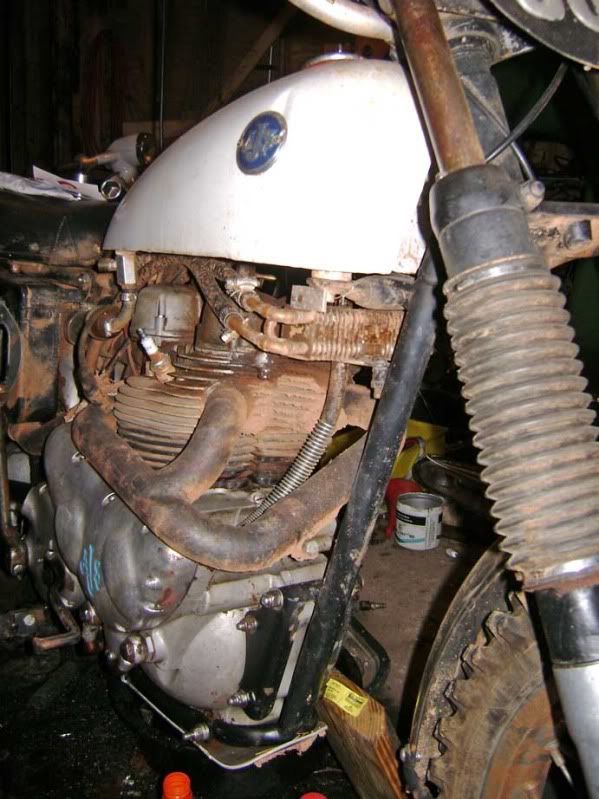
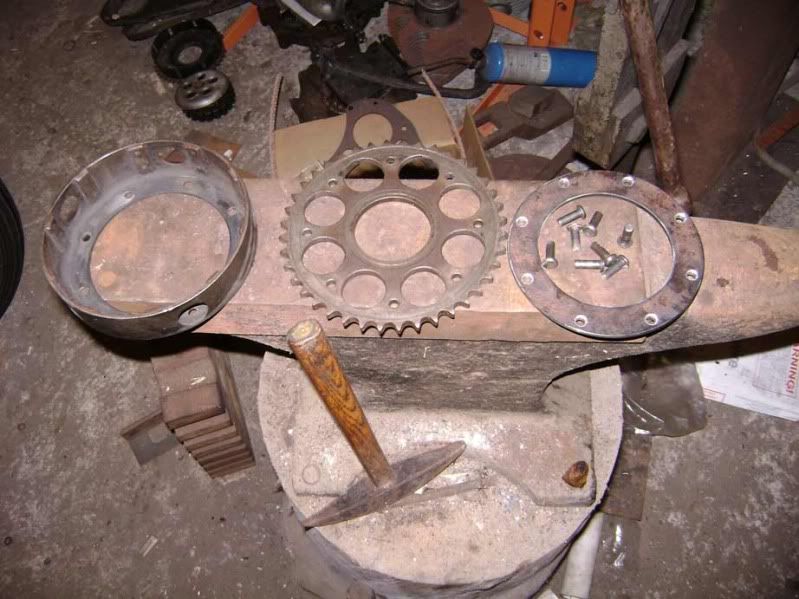
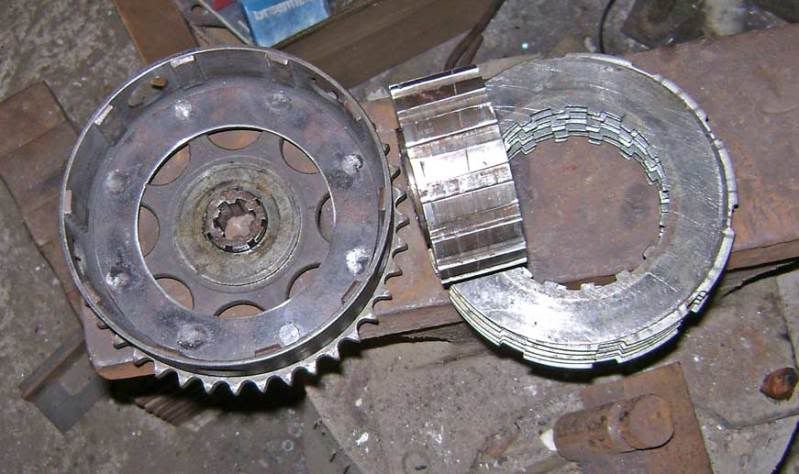
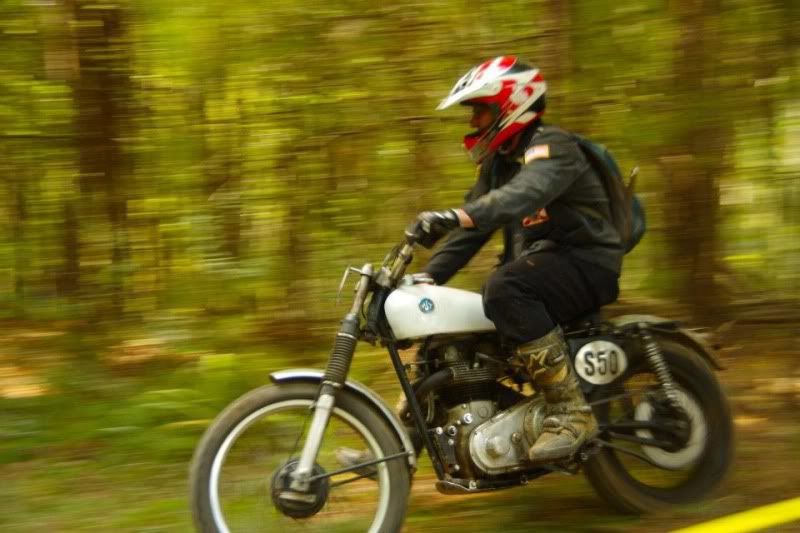
No comments:
Post a Comment